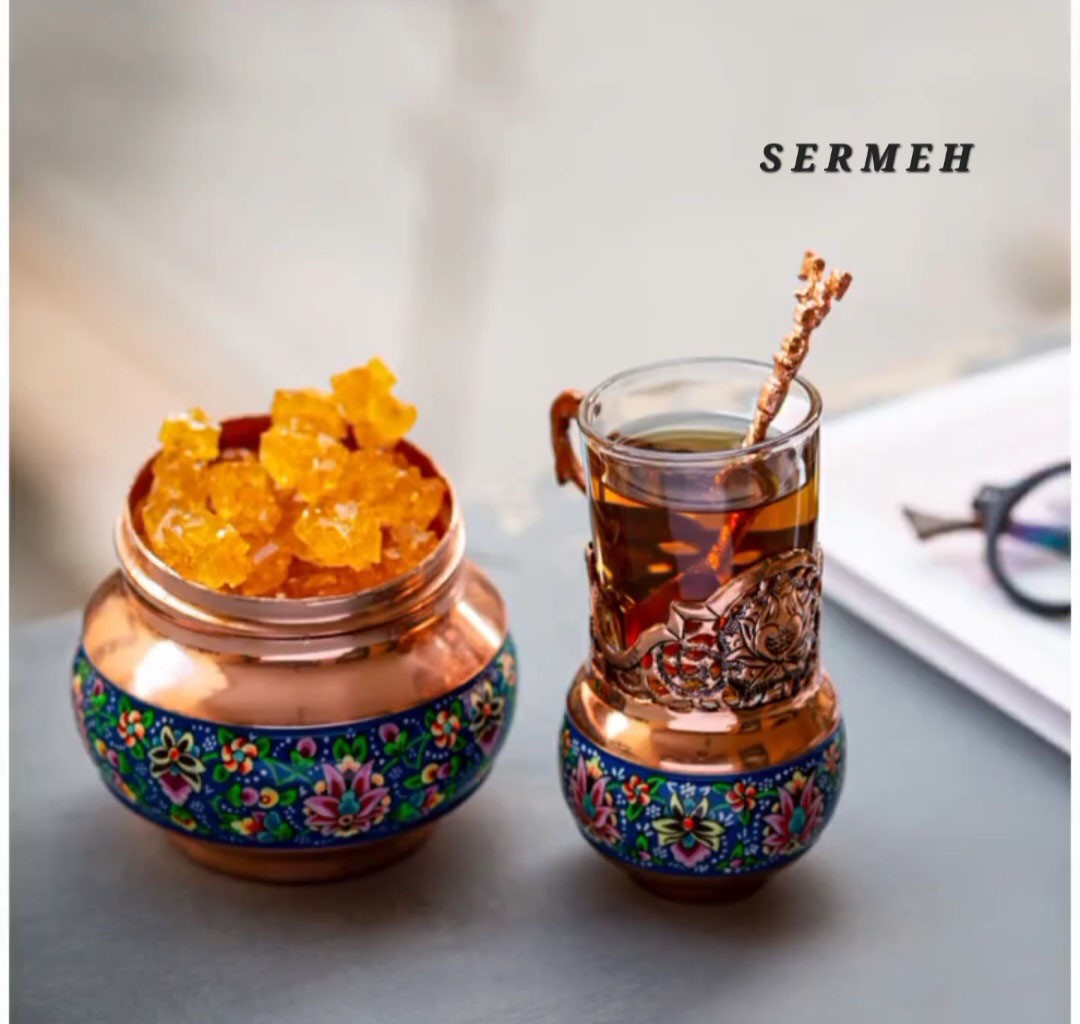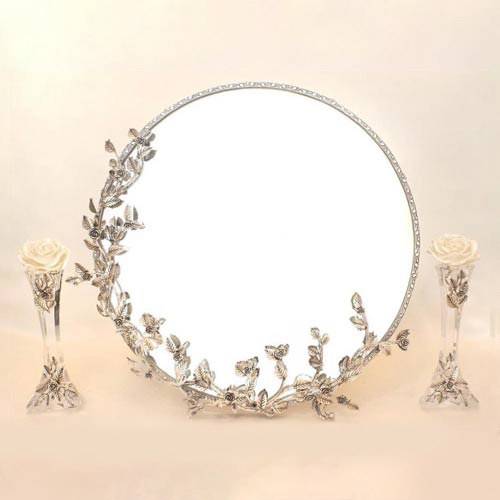Lalejin, City of Pottery Making
Nowadays, experts believe that it is better to use pottery instead of plastic and metal utensils. In metal utensils, unlike metal utensils such as aluminum and chrome, there is no risk of metal leaking into food.
In these clay pots, the nutrients of the food are preserved. Also, the water stored in these containers has a natural taste.
The great view from the hills of Hekmataneh and the palaces of Laodicea are the trademarks of Hamedan. Pottery Making is still popular in this province and has made it the most important source of income throughout the region.
There are around 550 workshops in Hamedan, and about 6296 people are working in these workshops and are engaged in the production of pottery. Pottery Making in Lalejin has a very long history that dates back about 7,500 years ago.
*Buy online Persian pottery*
The most important pottery production center in Hamedan province is Lalejin. Lalejin pottery has a worldwide reputation, it is the capital of Iran’s pottery. Lalejin is located in the north of Hamedan province. In this city, the art of Pottery Making is passed on from generation to generation. The young have continued to inherit the heritage of their fathers. The city has 850 pottery workshops and 250 stores.
Most of the pottery in this area is without a sketch and with a single glaze. The products of this area are very diverse and are relatively good in terms of soil and glaze than in other parts of Iran. The colours of the glazes made in Hamadan are often Azure, Blue, Serum, Pharynx, Yellow, Green, Turquoise, and Brown.
Hamadan pottery is sometimes painted colourfully and sometimes decorated with a concave painting on the pottery. When glazing, the points are smoother than glazes, and as a result, they appear as more colourful lines.
From the time human beings got a decent understanding of the universe and moved from nomadic life, We can say that from the ninth millennia B.C, clay, and pottery have been with Homo sapiens all over the world. Homo sapiens began paying more attention to storing food and water and discovered the viscosity and malleability of clay and began making potteries in various shapes.
From that time onwards, pottery was greatly developed and widespread throughout the universe. Lalejin is renowned as Iran’s pottery capital and since 2017 it has been registered by the brand ‘the Universal City of Clay’.
Some people believe the name of the city can be dated back to the Genghis Khan (1162-1227) era. According to them when Genghis Khan’s army passed from Hamedan and entered the present city of Lalejin, they dispatched some of the city’s people to China so that they learn Pottery Making from them. These people came back to Lalejin after learning the craft and since then the city bore the name “Lalejin
Due to the historical background of Hamedan, the province is one of the most important centers of expert artisans in Iran, more than 150 cases of handicraft professions are active in Hamedan. For example Pottery, ceramics, woodwork, leather production, carpets, traditional sewing, traditional footwear, stone masonry, and traditional knitwear.























